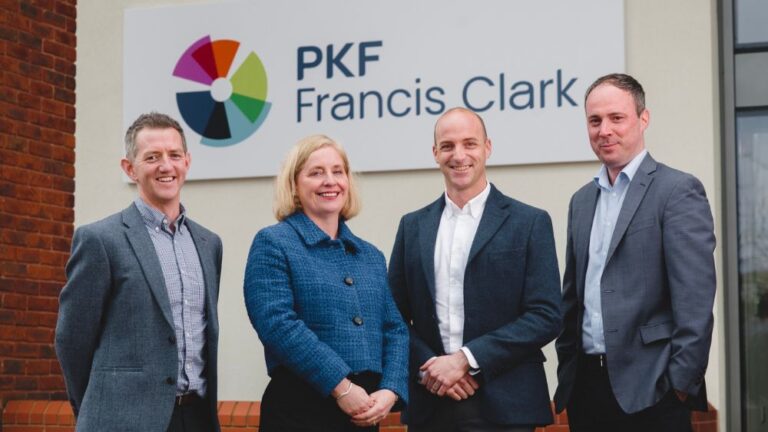
Abolition of multiple dwellings relief
Stamp Duty Land Tax (SDLT) and Budget 2024
Announcements included changes to multiple dwellings relief and mixed-use property purchases
Following a review into mixed-use property purchases and multiple dwellings relief (MDR) from 30 November 2021 to 22 February 2022, the following outcome was announced in the Budget:
- Multiple dwellings relief (MDR) will be abolished with effect from 1 June 2024
- The rules concerning mixed-use property purchases (i.e. containing residential and non-residential property) will remain as they are with no change. These transactions will continue to be subject to non-residential rates which are normally lower
Stamp duty land tax (SDLT) applies to properties acquired in England and Northern Ireland, but there may be future changes expected in Wales and Scotland in light of today’s announcements.
What is multiple dwellings relief?
Multiple dwellings relief (MDR) currently enables purchasers of multiple residential properties to pay SDLT based on the average price per dwelling. Given that rates increase the higher the property price, this can lead to substantial SDLT savings where a number of residential properties are purchased within the same or linked transactions.
For example, if a UK resident individual purchases a home which also has a second dwelling within the grounds of the property, then if the purchase price is £1.5 million (where the main house is their replacement main residence and is worth more than £1 million), the SDLT payable is currently £50,000 with the benefit of MDR. From 1 June 2024, once MDR has been abolished, the SDLT payable will increase to £91,250 if the subsidiary dwellings test is retained, or £136,250 if the transaction is subject to the 3% higher rates for additional dwellings.
Property transactions with contracts that were exchanged on or before 6 March 2024 will continue to benefit from the relief, regardless of when they complete (as long as there are no variations of the contract), as will any other purchases that are completed before 1 June 2024.
Implications of the abolition of multiple dwelling relief
The loss of this relief will significantly increase the acquisition costs of residential properties where there is more than one dwelling. The main reason given by the Government for the abolition of the relief is that the majority of claimants were using the property for private use, which did not support the intention to support further housing in the private rental sector.
The Government has commented that it will engage with the agriculture sector to determine if there are any particular impacts for the sector. These changes could also hit other sectors hard, including furnished holiday lets (FHL) where the favoured tax regime is being abolished from April 2025.
Whether a purchase comprises more than one dwelling can be a matter of judgement, particularly where adjoining annexes or properties in the garden or grounds of a main house are concerned. However, instead of tightening the rules or dealing with some nuances (including the treatment of mixed-use purchases which could benefit from a multiple dwellings relief carve-out which was not surcharged), the Government has removed the relief entirely.
This change may well put pressure on other areas of the SDLT regime, including:
- The rules concerning the purchase of six or more residential dwellings acquired in a single transaction. By default, these transactions are taxed at non-residential rates of SDLT. As the non-residential rates are at a maximum of 5%, these normally compare very favourably to the residential rates, which are a maximum of 15% for a UK resident purchaser
- Whether the property is mixed use. Where a purchase contains both residential and non-residential property, the entire transaction is subject to the lower non-residential rates. The abolition of MDR could lead to further cases considering whether land is garden or grounds of the dwelling or whether it is non-residential (e.g. where in commercial use)
SDLT is normally calculated on completion of the property purchase, if not substantially performed before (and not on exchange of contracts) so there may be pressure to get residential property transactions completed before the end of May 2024 where there are multiple dwellings being acquired.
To discuss your individual circumstances and get the best advice, contact the SDLT experts at Francis Clark.
Read more analysis in our Spring Budget 2024 hub.
Written by












